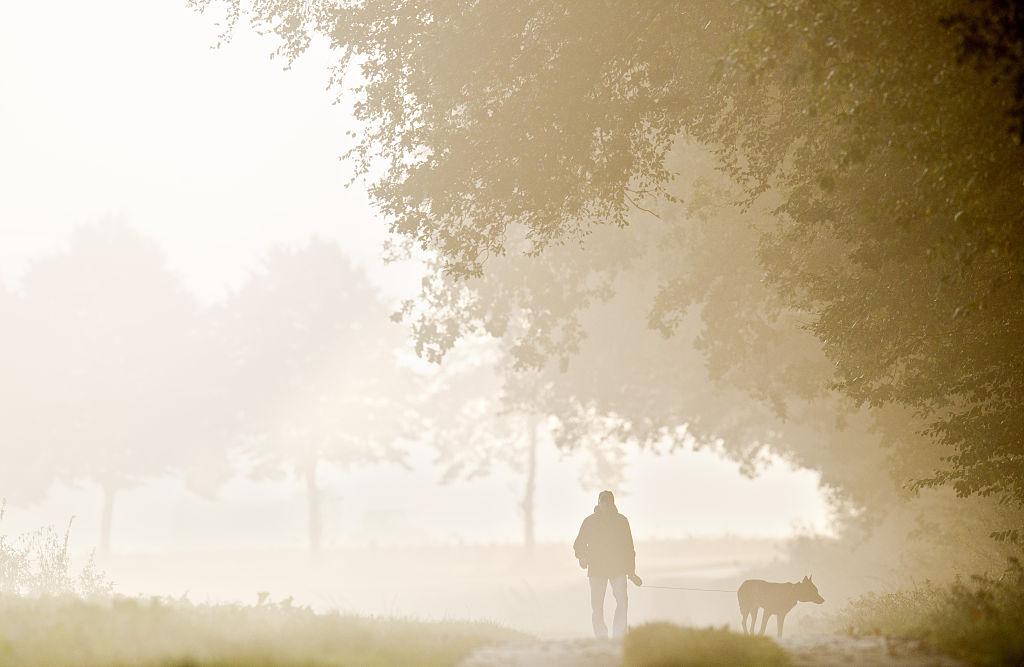People are buying woods (for less than you’d think) as an escape from hyperconnected society

Your support helps us to tell the story
From reproductive rights to climate change to Big Tech, The Independent is on the ground when the story is developing. Whether it's investigating the financials of Elon Musk's pro-Trump PAC or producing our latest documentary, 'The A Word', which shines a light on the American women fighting for reproductive rights, we know how important it is to parse out the facts from the messaging.
At such a critical moment in US history, we need reporters on the ground. Your donation allows us to keep sending journalists to speak to both sides of the story.
The Independent is trusted by Americans across the entire political spectrum. And unlike many other quality news outlets, we choose not to lock Americans out of our reporting and analysis with paywalls. We believe quality journalism should be available to everyone, paid for by those who can afford it.
Your support makes all the difference.There are simple ways to practice ‘hygge’, the Danish lifestyle craze one of Collins English Dictionary’s words of the year, like ritualising the making of tea and brewing it in real china cups, and there are more dramatic but potentially exponentially rewarding ways, like buying a wood.
Living in a city where shoebox apartment housing is astronomically expensive, the idea of owning your own woodland might sound an impossible dream, but it’s cheaper than you might expect.
This charming five-acre broadleaf woodland, filled with bluebells and situated half an hour outside of Sheffield, costs £45,000. This sunny bank of maturing oak in South Wales is on the market for £18,500.
Many buyers will have their eyes on the lots’ lucrative produce, of course, but many families are buying them in order to build Scandinavian log cabins, enjoy the wildlife, fish in nearby rivers and simply enjoy receding into nature.

Residential building is not allowed without planning permission (which is very unlikely) but there are plenty of other ways to enjoy the spaces.
Treehouse, art spaces, pagan ceremonies and natural burial sites are all potential uses with the correct permissions, Woods4Sale’s Ed Midmore tells me, “wildlife is one of the key things people cite when buying a wood - you can collect firewood, do crafts, forage.”
Jona Desselberger and family, from Cambridgeshire, purchased a 60-acre upland broadleaf and conifer woodland in West Wales out of a desire to get closer to nature.
“We go up there with the kids and sometimes their friends and camp,” he said. “It is fantastic to have so much of our own space and not to have to worry about anything, letting the kids run amok. I have one rule - ‘no electronics’ - and once we had arrived there were no complaints.
“It is wonderful to get away from everything, sitting out listening to the trickling stream by the log burner with a good book. And the best thing is there is no phone signal!”

Alan Desborough meanwhile purchased 1.3 acres of woodland in Cornwall in the hope of leaving a legacy for his grandchildren; being able to get away from phones, electricity, running water and gadgets was a happy by-product. Alan and his wife have managed to source English bluebells and wild garlic in their wood which remind them of their youth.
Owners have reported that woodland upkeep is quite physical work, but good for the mind and body and yields a tangible result.
One owner even used their space to set up a forest school, letting children climb trees and engage with the environment in a safe way. “All children should be exposed to rural environments to thrive,” they noted.
Buying a woodland is similar to buying a house, and though the owner cannot live there full time, staying in the wood for up to 28 days a year is permitted.
Join our commenting forum
Join thought-provoking conversations, follow other Independent readers and see their replies
0Comments